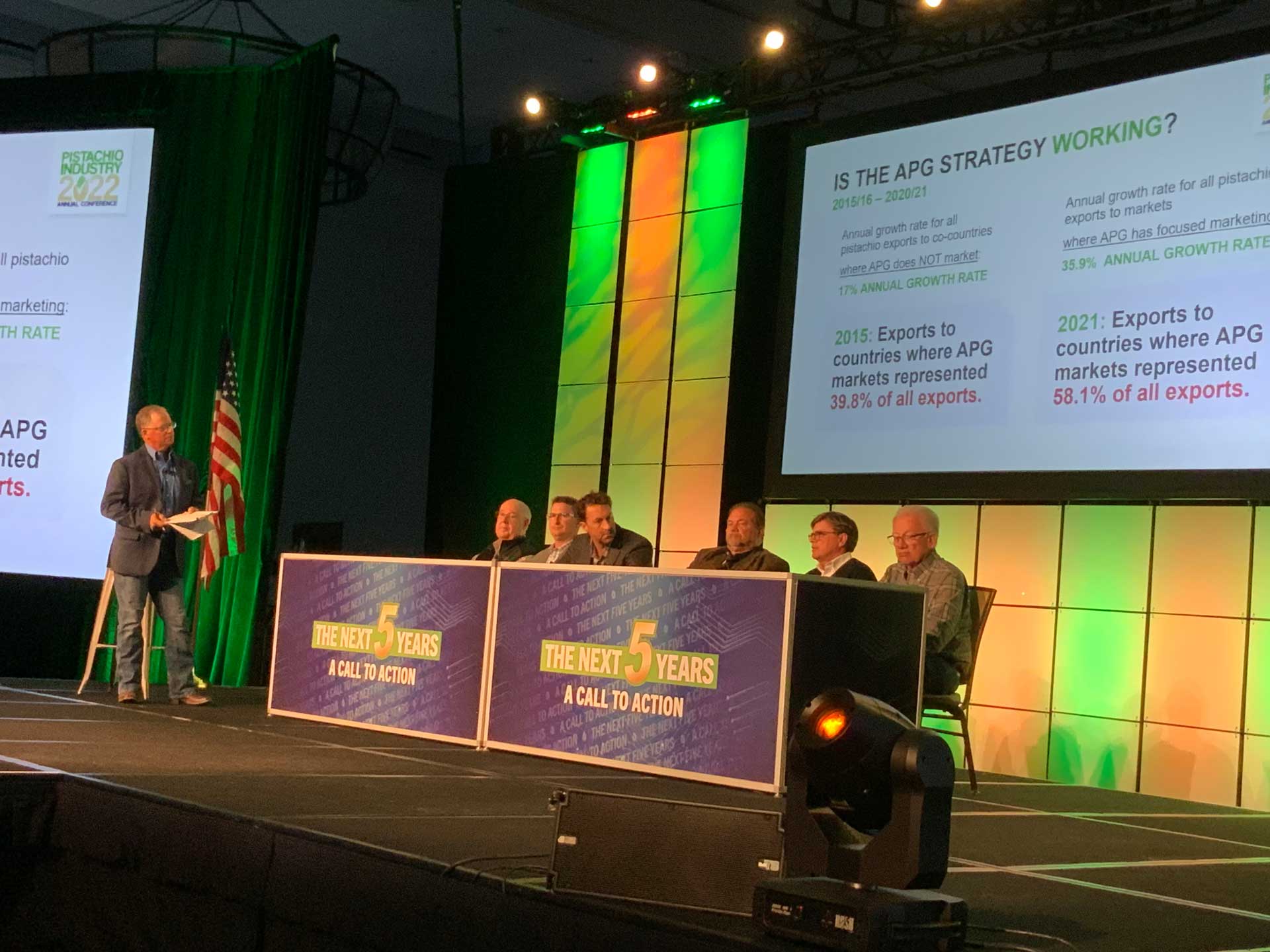
While American pistachio growers continue to produce record crops, innovative marketing that capitalizes on the unique health benefits of consuming pistachios continues to boost demand for pistachios worldwide.
As a result, attendees at this year’s Pistachio Industry Annual Conference heard significant optimism from speakers, exhibitors and American Pistachio Growers during the two-day event in Carlsbad, Calif.
As 2021 produced a second record-breaking crop year in a row, industry leaders are starting to ask “what is an off year” for the alternate bearing crop, said APG present Richard Matoian.
“For the next several years, we will have ever-increasing crops based on new acres going into the ground,” Matoian said. The industry between 2011 and 2016 planted an average of 33,000 acres a year. That new acreage dropped off for three years following, but hit that level again in 2021. As a result, bearing acres will continue to increase to an estimated 500,000 bearing acres in 2025 and production will increase by nearly a third by 2026.
Despite that growth, Matoian said aggressive marketing should continue to maintain stable prices for growers and handlers alike.
“I believe that we will be able to effectively market ahead of these big crops we have got coming,” he said.
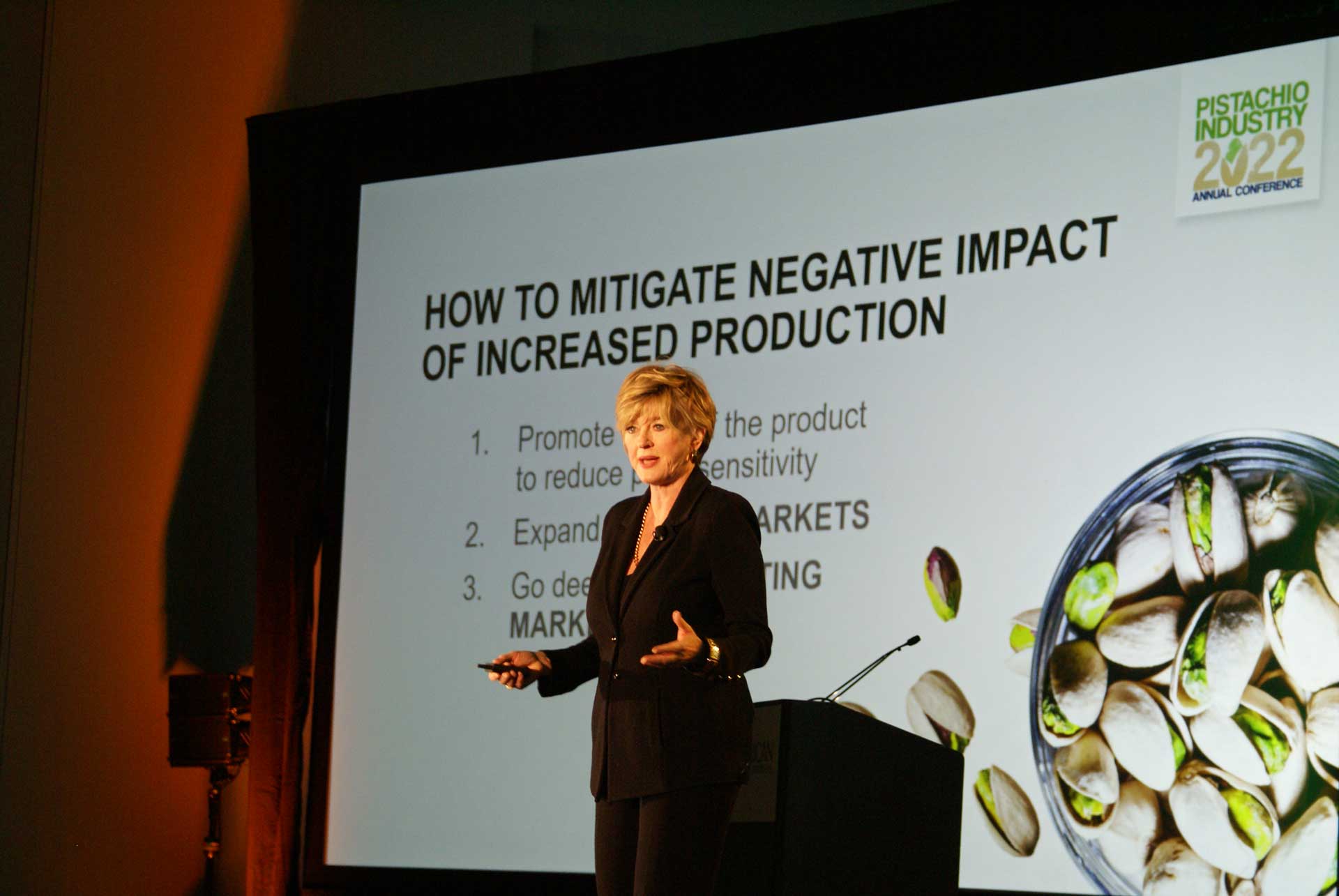
Judy Hirigoyen, VP of Global Marketing for American Pistachio Growers, explained how value-added marketing will negate the impact of increased production and reduce price sensitivity through expansion into new markets and targeting promotions deeper into existing markets.
Exports continue to be a bright spot for the future of pistachios, growing at an estimated clip of 16% a year. Recent growth has been propelled by messaging about the health benefits of pistachios as a complete protein.

A grower panel of industry veterans generally expressed that same level of optimism. Panelists included APG Chair Dennis Woods, Woods Family Farms; immediate past chair Dominic Pitigliano of Pitigliano Farms; and other past chairmen or committee leaders Jimi Valov, Valov & Sons Farming, Justin Wylie, Wylie Farms, Michael Woolf, Mike Woolf Farming, and Ted Sheely, Sheely Family Farms.
Pitigliano noted that China and other key markets he has visited in his role as chairman state a preference for pistachios produced in California compared to other international producers.
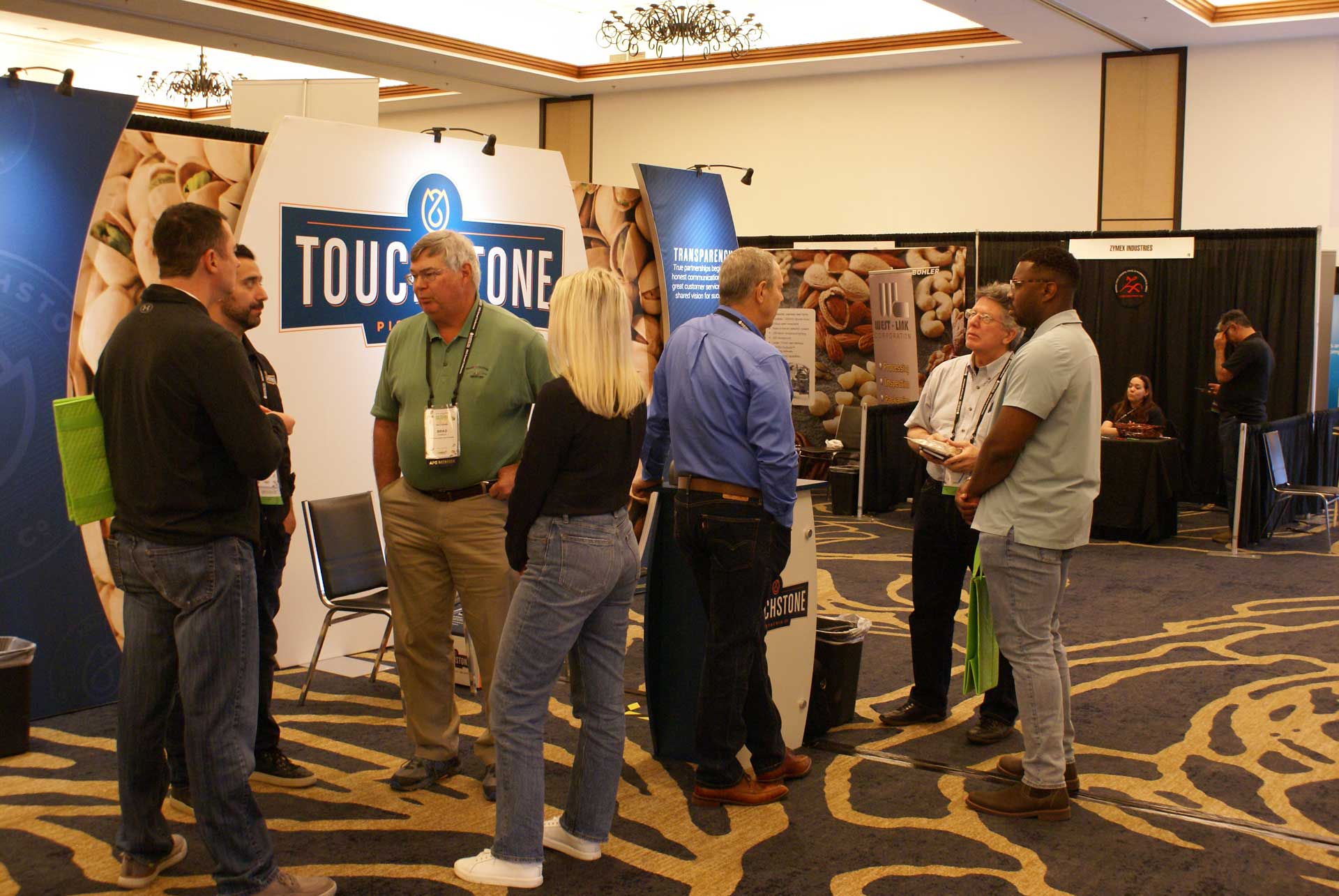
Woolf recognized the value in the data collection APG provides that provides a roadmap for where the industry is headed. He said APG’s 860 member entities in three states need to continue to find common ground to move the industry forward.
“We have nine out of the 10 processors as part of this group. I think the future is very rosy, but we have to stay together,” Woolf said.
India continues to be a strong market for pistachios from the United States, and its increasing population, per capita income and buying power give the market tremendous potential.
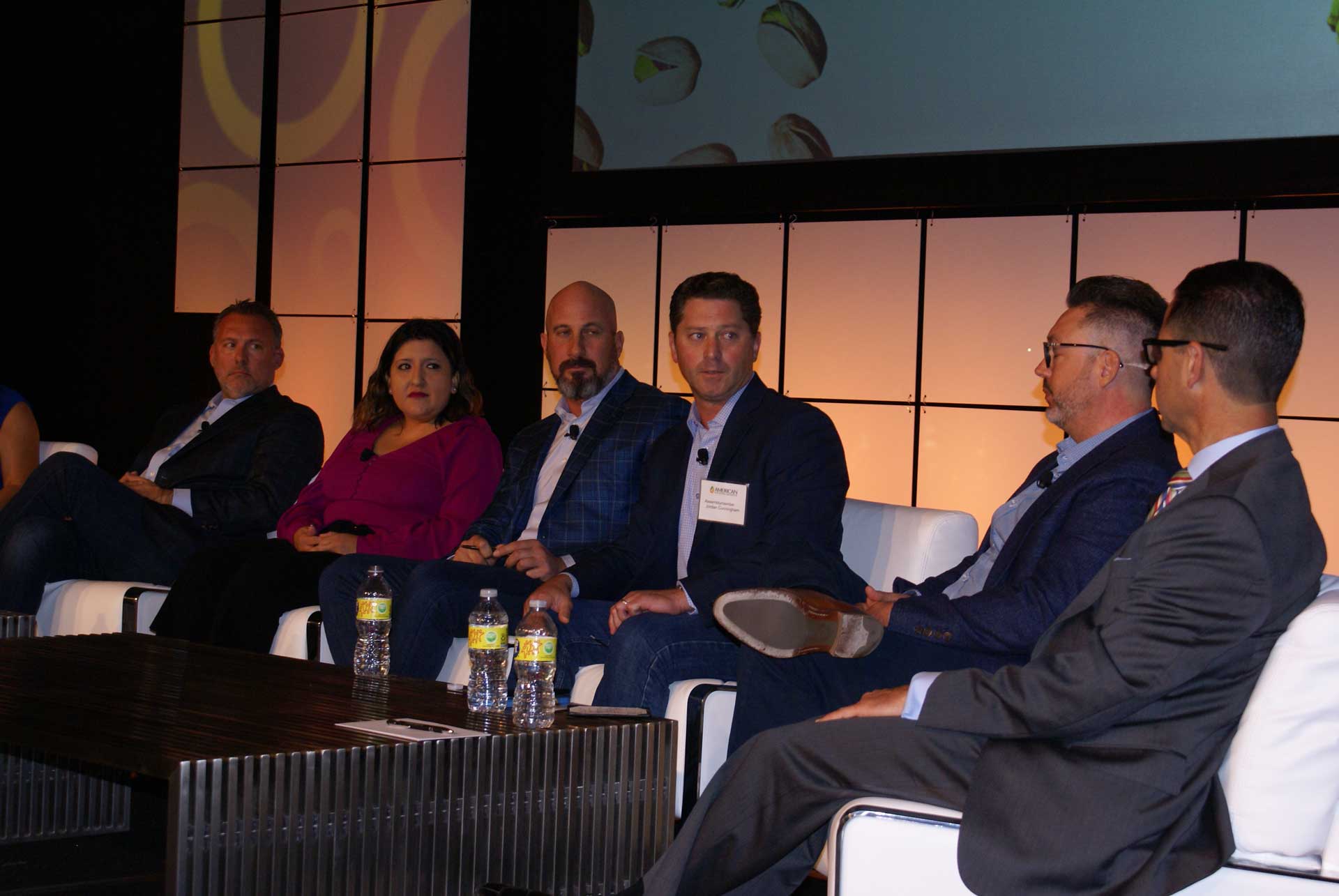
Several speakers spoke to how the plant-based protein of pistachios align well with eating and buying trends in the U.S. and internationally in markets such as India, a largely vegetarian market that values plant-based protein sources that do not require refrigeration.
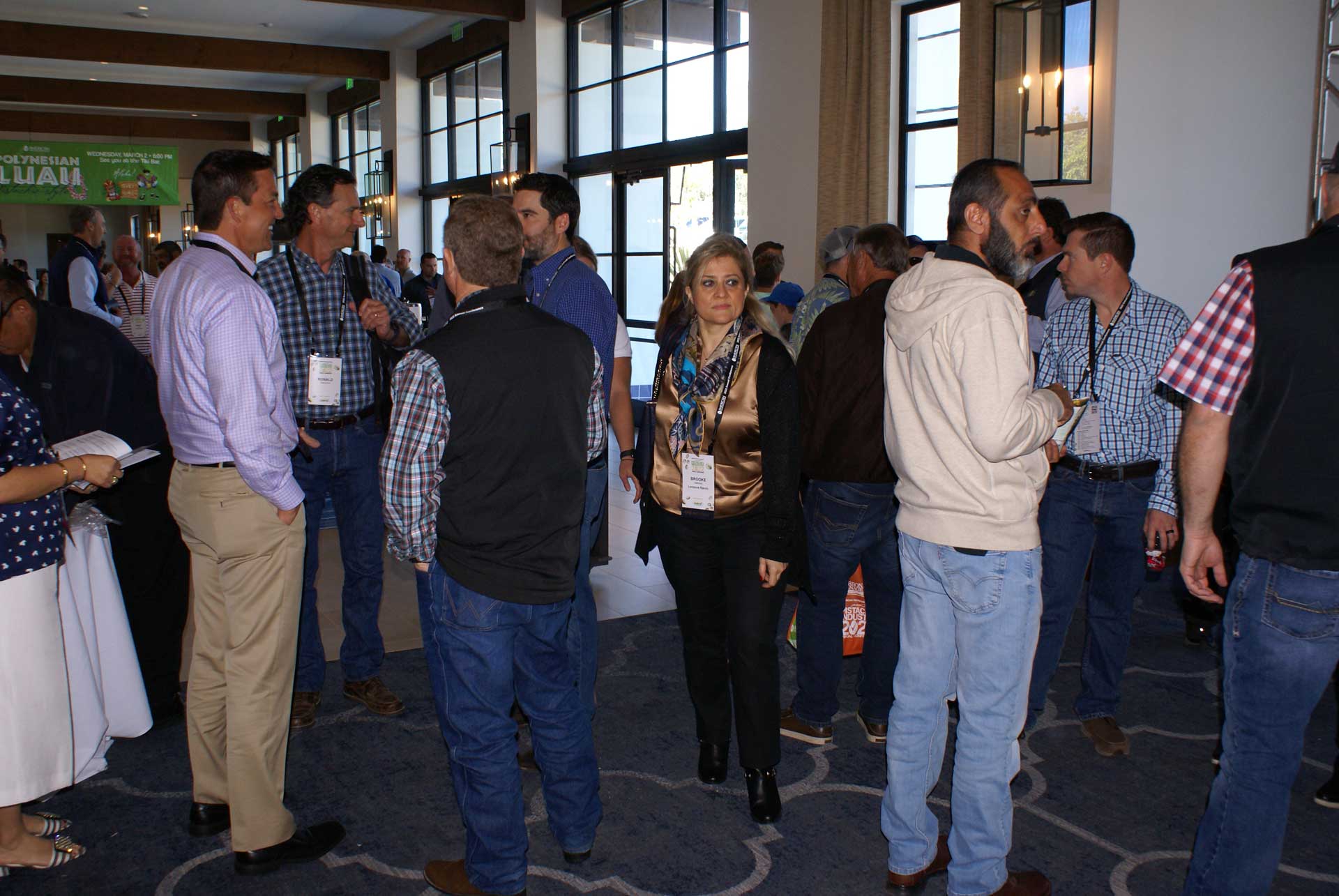
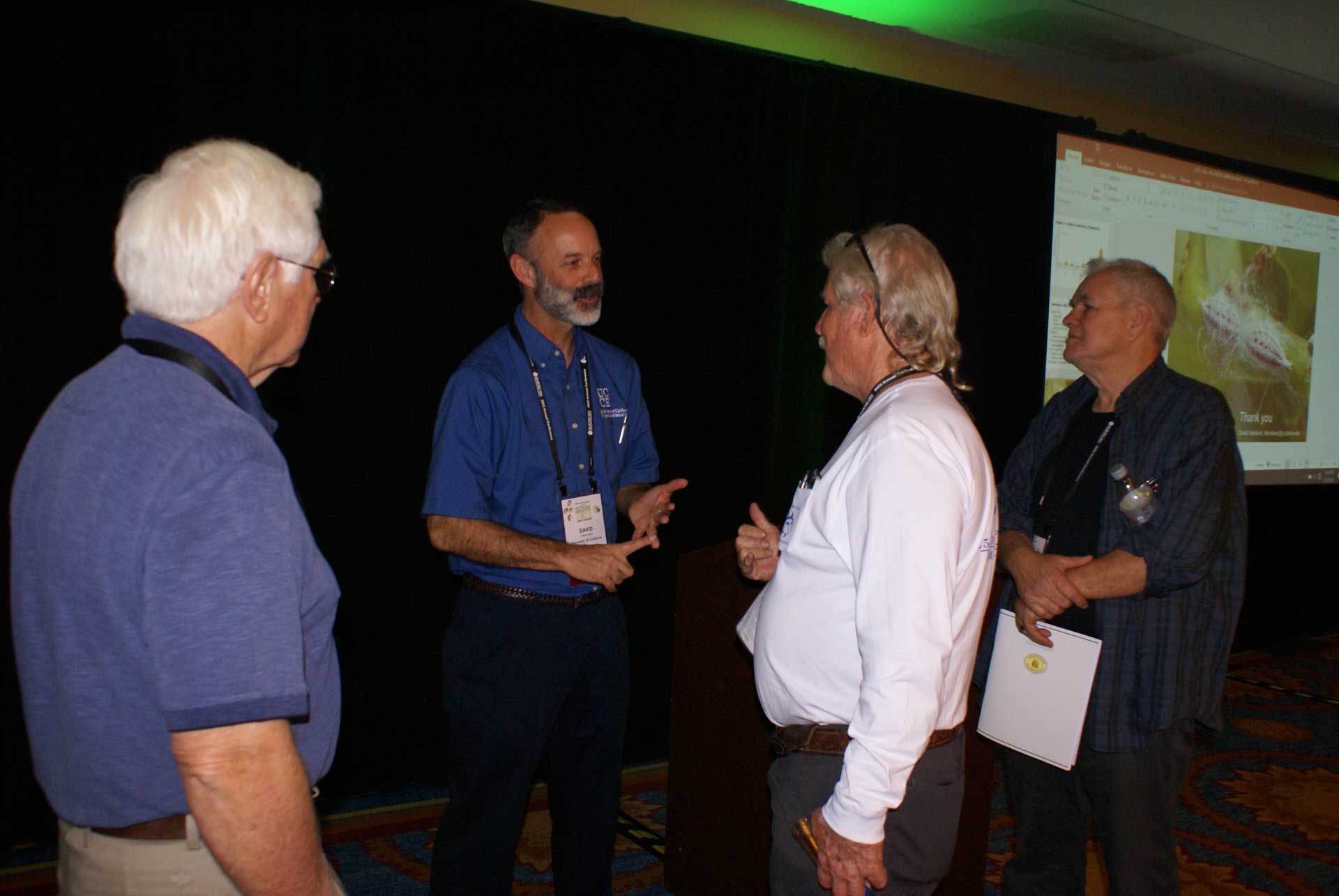
“One in 10 people in the world live in India, so that’s a big market that could easily absorb the 2.4 billion pounds we have coming,” Woods said. “We are chasing a big wave and that’s fortunate. The challenge is to get a luxury nut to become a common food to the population in India.”
Conference sessions from production seminars to marketing proceedings focused on the costs and control of navel orangeworm. It was estimated that NOW cost growers $500 an acre in 2021, and that cost is projected to increase to $600 an acre in 2022 and perhaps $900 an acre by 2026 in management costs and lost bonus income.
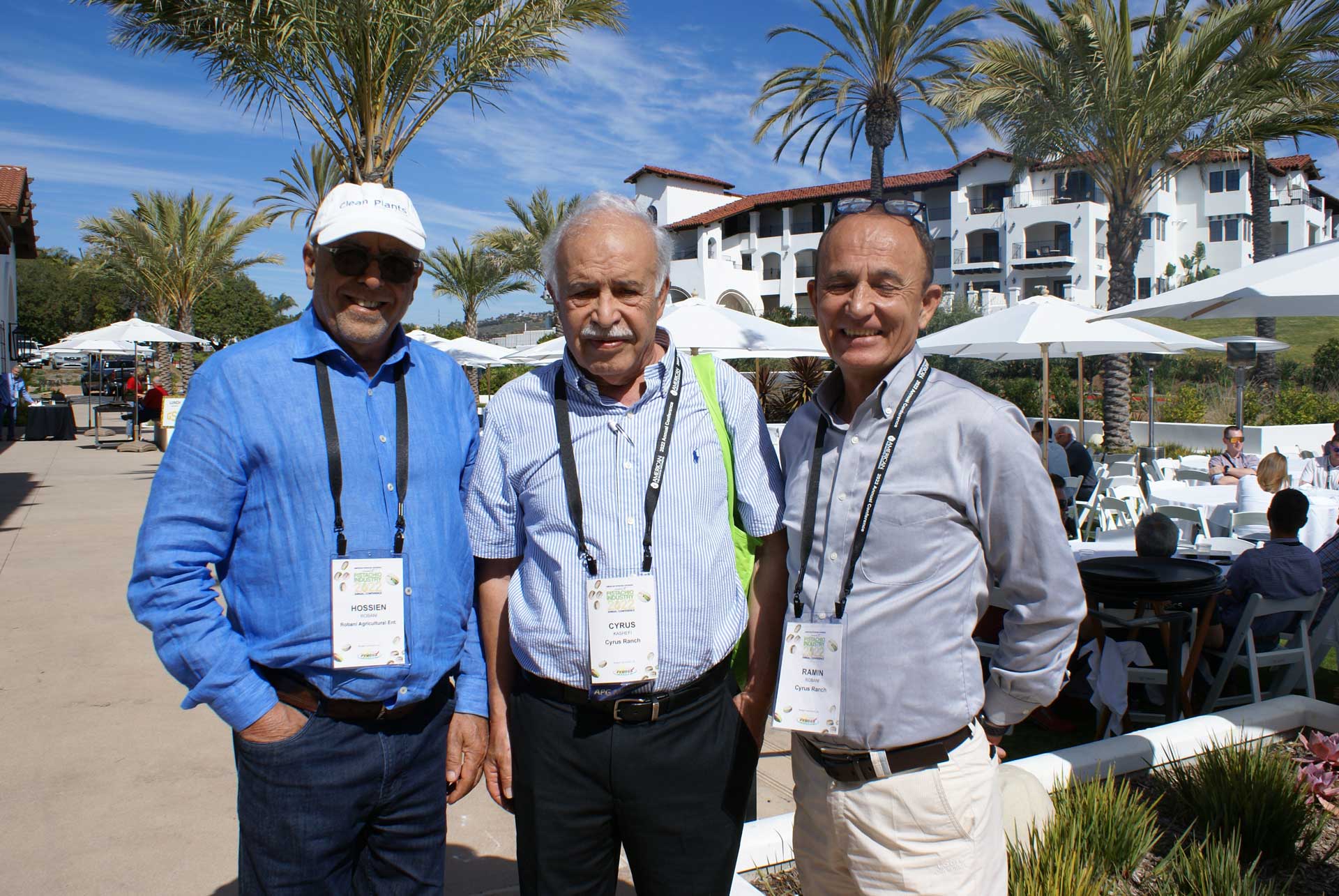
Sheely shared his experiences with eradicating pink bollworm as a cotton farmer using sterile insect technology and outlined how the pistachio industry’s investment in SIT could hopefully help suppress NOW as well to keep those costs down. APG has helped leverage $22 million in federal funding for a pilot project for NOW sterile insect technology, and it is estimated the industry will need $21 million a year over the next few years to expand the program.

Marni Katz
Marni Katz has lived and raised her family in the San Joaquin Valley for nearly 30 years. In that time, she has covered agriculture for a number of leading ag publications and organizations and gained a reputation for understanding and digesting complex information and presenting it to growers. She enjoys learning about new ways growers can farm more profitably and efficiently, and working with researchers and stakeholders to bring that information to the growing community. In her free time, Marni plays saxophone with jazz groups throughout the Valley and is an avid tennis nut.















